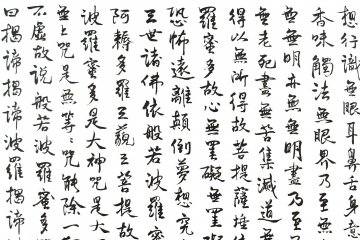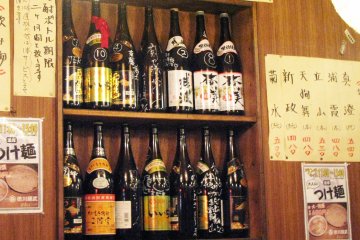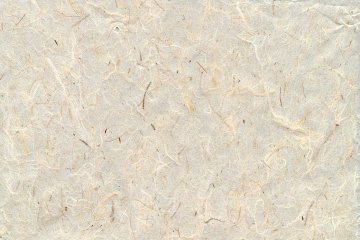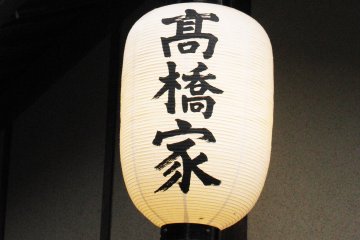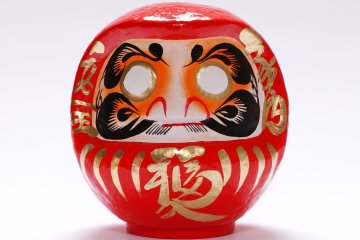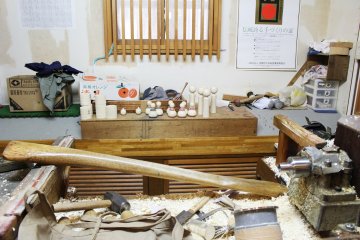People often exclaiming how 'alien' Japan is. It's true that there are many traditional things in Japan that appear strange. If the Japanese are 'aliens', then learning about the things they have made by hand, from materials given by the earth, we discover that the Japanese are very much 'from Earth.' A good way to learn this is by taking part in the many master classes available.
Ikebana
A most beautiful art, ikebana flower arranging is also known as kado or the 'way of the flower'. An art of giving a second life to the flower after being cut, ikebana started off as a religious offering by monks before evolving into the many styles and schools current today. It takes years to deeply comprehend the ikebana art and become a master, but participation in a class will at least help introduce its aesthetics. This aesthetic expresses a vision of the world through a combination of colors, textures, and lines can be experienced in many Ikebana master classes across the country, particularly in tradition-rich Kyoto.
Calligraphy
Like any other traditional Japanese art, a person can devote their whole life to contemplating the depth of shodo, or calligraphy. Of course, it is simply impossible to create a beautiful inscription in one master class, especially without knowing the language but in Tokyo, at the Yogyoku-in temple, there is a master class on rewriting sutras, through which you can plunge into this world, a world of purification, calmness, peace and the beauty of lines through smooth brush movement.

Sake bowl
It is hard not try the popular rice alcoholic beverage, sake. A unique drink, sake requires a special kind of rice and good quality water from a natural source. Sake can be drunk cold, as well as warmed up. In past centuries, sake was served in small aesthetic saucers, and now in equally aesthetic, but very different, in small drinking bowls. A good quality bowl is a work of art and there is a foundry in Takaoka, Toyama Prefecture, where you can cast a metal sake bowl yourself under the guidance of a master.

Washi paper
The traditions of making Japanese washi paper have been passed down from generation to generation for more than 1200 years. Originally from China, the manufacturing of paper in Japan developed into an independent craft and art. Some types of washi are made from the bark of the 'paper mulberry', a traditional Japanese raw material, from which a strong, glossy paper is obtained. Chemicals are not used meaning that washi doesn't turn yellow in the sun; on the contrary, it becomes whiter. Used for sliding doors, screens, lanterns, stationery and art products, hand-made washi is especially appreciated. Master classes are held in many places, like the Papyrus-kan workshop in Echizen in Fukui Prefecture or in Saranoki in Tsuwano, Shimane Prefecture.

Lanterns
The first Japanese paper lanterns appeared in the Muromachi era (1336-1573). They were cubic in shape, made of a bamboo frame and pasted with paper on four sides, with a candle or oil wick inside. Protecting the flame from breezes, the lanterns gave off a beautiful, soft light. Such lanterns were called andon (moving light). Another traditional lantern is the cylindrical chochin, also made of washi paper, carefully glued to a bamboo frame. In the workshop of the city of Odawara, lanterns have been made since 1573. A private workshop located near Odawara Castle offers a unique master class on making a lantern, making for a great souvenir.

Daruma
The round Daruma doll is one of Japan's most recognisable characters. Daruma dolls are especially popular during the New Year perid, when the Japanese set themselves goals for the next year. The main temple of Daruma is considered to be the Serinzan Daruma-ji in the city of Takasaki. Not far from the temple there is a shop called Daimon-ya where you can take a master class on painting Daruma under the guidance of master Nakata-san.

Kokeshi
Wooden kokeshi dolls are particlarly popular in the Tohoku region of northern Japan. Once a children's toy, kokeshi are now souvenir dolls. Each Tohoku region has its own painting traditions, but kokeshi doesn’t have to be painted in a traditional manner. Artists make an infinite number of variations and images. Master classes are held in many museums and kokeshi stores were you can watch the process of making a doll on a lathe, and then sit down at the table and create your own unique image of kokeshi.

Wagashi
Unlike western confectionary, Japanese wagashi sweets are not overly sweet. Red bean paste, known as anko, is the most common sweet addition and the variety of shapes and textures is almost endless. Making them for yourself is very much worth the effort. If you are in Kyoto, you an always try your hand at the Emi-san master class.









